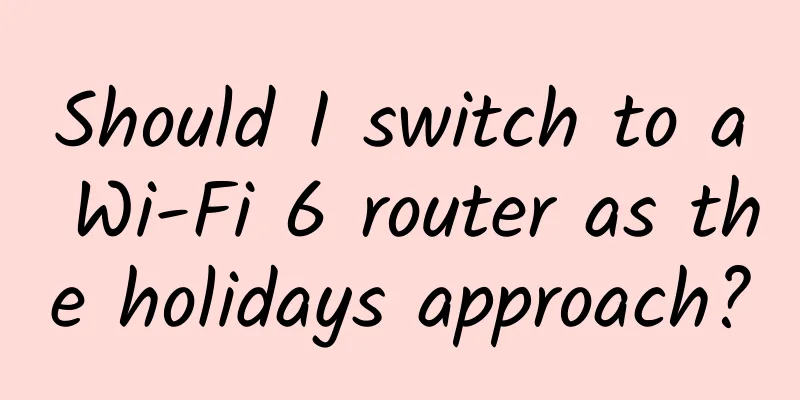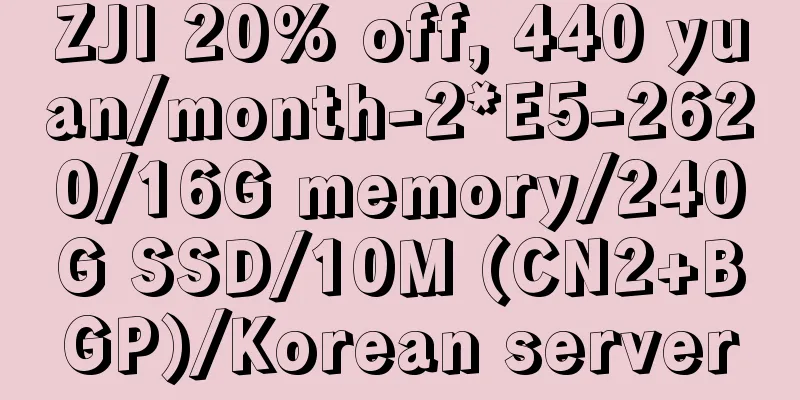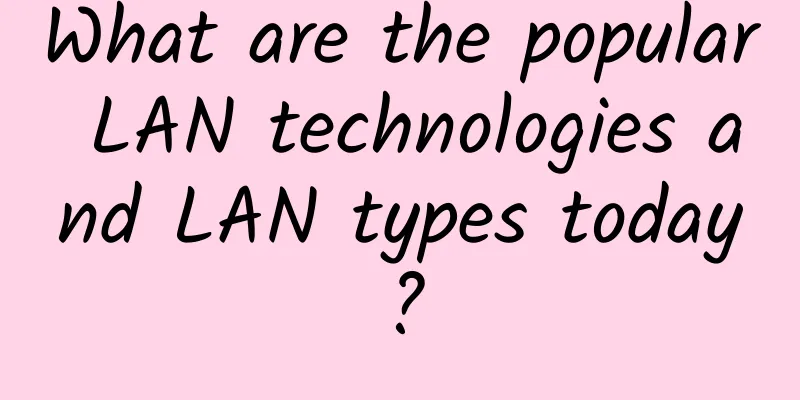Should I switch to a Wi-Fi 6 router as the holidays approach?

|
If 2019 is the first year of Wi-Fi 6 commercialization, then 2020 is undoubtedly the year when Wi-Fi 6 begins to be gradually popularized to consumers. Although it is still during the epidemic, many routers and terminals that support Wi-Fi 6 have been officially released in the past few months. Now, Huawei, Xiaomi, TP-LINK, ASUS, and Netgear have all released their own Wi-Fi 6 wireless routers. Do you want to change one during the May Day holiday? Compared with the most popular Wi-Fi 5, Wi-Fi 6 is faster, supports more concurrent devices, has lower latency, and consumes less power. Wi-Fi 6 uses the OFDMA technology that is the same as Huawei's 5G, combined with 1024-QAM high-order modulation, which can support a maximum bandwidth of 160MHz, which is nearly three times faster than Wi-Fi 5. Intelligent frequency division technology can support more concurrent devices and increase the access device capacity by 4 times. Multiple concurrent access devices can reduce queuing, actively avoid interference coloring, and reduce latency by two-thirds. When the terminal device is on standby, it supports on-demand wake-up function, which reduces terminal power consumption by 30%. We can compare the scenario of router-to-device transmission to a fleet. Under the Wi-Fi 5 standard, a fleet can only deliver to one customer at the same time, even if there are empty cars. If a car breaks down (is interfered with), the entire fleet cannot be dispatched. Under the Wi-Fi 6 standard, a fleet that sets out at the same time can form a small team of at least 26 adjacent cars. Each team can deliver to different customers. If a car breaks down (is interfered with), it only affects the team it is in. When we are at home, we often find our neighbors' Wi-Fi signals, which can interfere with our own Wi-Fi transmissions. The interference coloring technology used by Wi-Fi 6 can mark neighboring network signal frames that pass through walls, allowing the user's router to ignore them. Neighbors' Wi-Fi signals can transmit data simultaneously on the same channel without interfering with each other, reducing the interference rate by 30%. The power consumption of Wi-Fi 6 and Wi-Fi 5 is very different. Wi-Fi 6 will negotiate with the terminal on the timing of Wi-Fi wake-up, so that it can wake up on demand, and it will not consume power during other sleep time. However, Wi-Fi 5 can only communicate with one device at a time, and all terminals connected to the same route are either in the transmission state or in the waiting state, and they are disorderly, and the waiting state still consumes power. In general, Wi-Fi 6 routers are the general trend, and the prices of many products have dropped below 300 yuan. If your mobile phone or laptop supports Wi-Fi 6, you can really consider trying it! |
<<: 7 excellent open source network monitoring tools
Recommend
PON is not just about “breaking” the network!
Have you ever complained in your heart about &quo...
Why is 5G important for the Internet of Things?
The fifth generation of network bandwidth arrives...
How does the HTTP protocol achieve “secret interaction”?
[[261700]] Do you know the interactive process of...
Six requirements for integrating SmartNIC/DPU into existing network infrastructure
The CPU has long been considered the backbone of ...
IPv6 series - 10 common problems for beginners
Based on the problems encountered by myself and m...
Will wireless networks kill wired networks?
While wireless networks grab all the headlines, w...
5G: Number of terminal connections exceeds 200 million
2020 is the first year of large-scale constructio...
[6.18]DogYun: Top up 100 yuan and get 10 yuan, 30% off for Dynamic Cloud, 20% off for Classic Cloud, 100 yuan off for Dedicated Server per month, up to 50% off for Lucky Wheel
DogYun is a Chinese hosting company established i...
F5 Powered by NVIDIA BlueField-3 DPU Accelerates AI Application Delivery
F5 recently announced the launch of BIG-IP Next f...
RepriseHosting: $27.97/month-L5640, 16G memory, 1TB HDD/240G SSD, 1Gbps bandwidth
RepriseHosting has been providing cheap independe...
China leads the world in quantum technology patents
[[388060]] Quantum technology has become the comm...
With so many mobile payment options available, which one will dominate the market?
In the middle of last month, South Korean Preside...
Aruba CX switch series helps build high-performance networks for the future
Under the epidemic, whether it is serving custome...
Why does wireless communication require synchronization?
[[345536]] This article is reprinted from the WeC...









